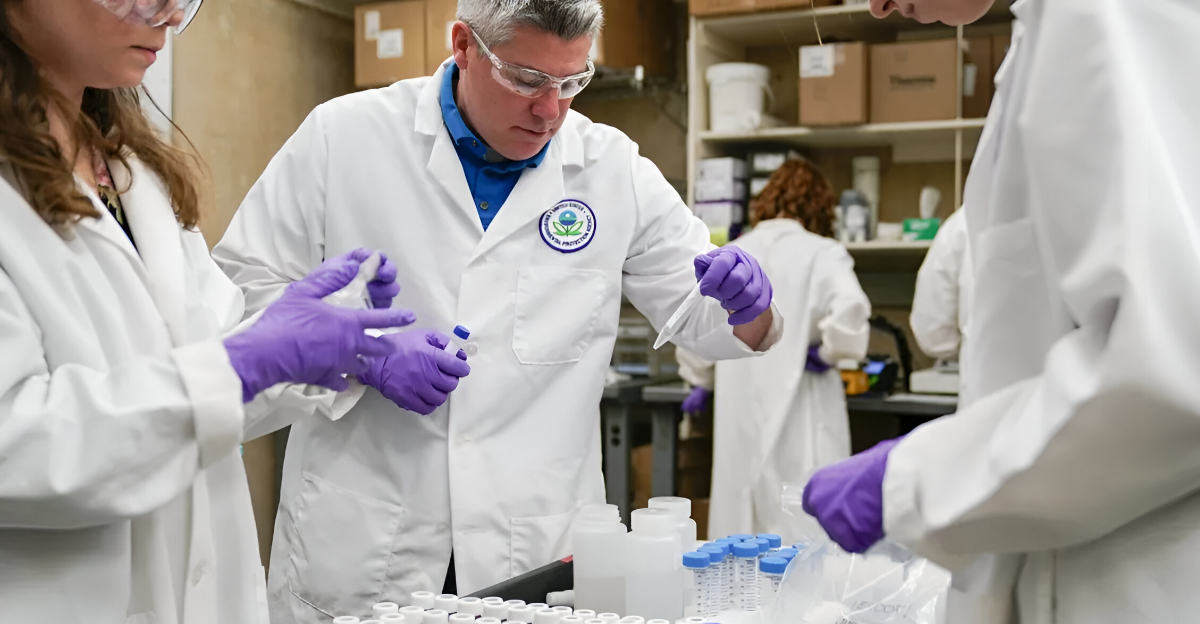
PFAS (per and poly-fluoroalkyl substances) are a prominent chemical used in many applications in the U.S. and the rest of the world. These substances are praised for their hydrophobia and their non-stick properties, and they are widely adopted in anything from water-resistant clothing to non-stick pans.
However, years after being adopted, it has been found that the chemicals do not break down in the environment and have been found inside the human body in many communities, building up over time. PFAS has now been found in some of the most unexpected places – beer. The substances are linked to health risks such as immune suppression, early development, and even cancer.
Beers
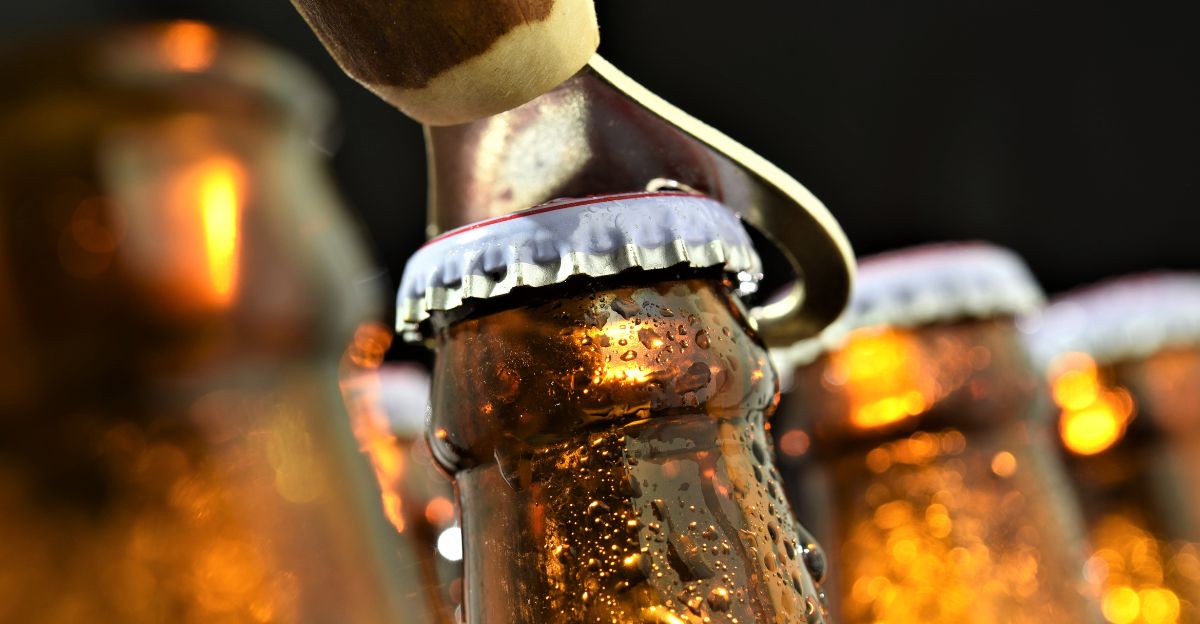
The “forever chemicals” could be a major problem, getting into the environment and human bodies and having implications on the health of both. A study in 2025 was conducted and published in Environmental Science & Technology and had startling findings. More than 20 of the most popular beer brands were tested for PFAS contamination, and an overwhelming majority came back positive at 95%.
The EPA sets standards for water quality to ensure that it is safe to drink, and these beers alone exceed the safe contaminant levels. This study showcases that PFAS could be in the unlikeliest places.
The Highest Examples
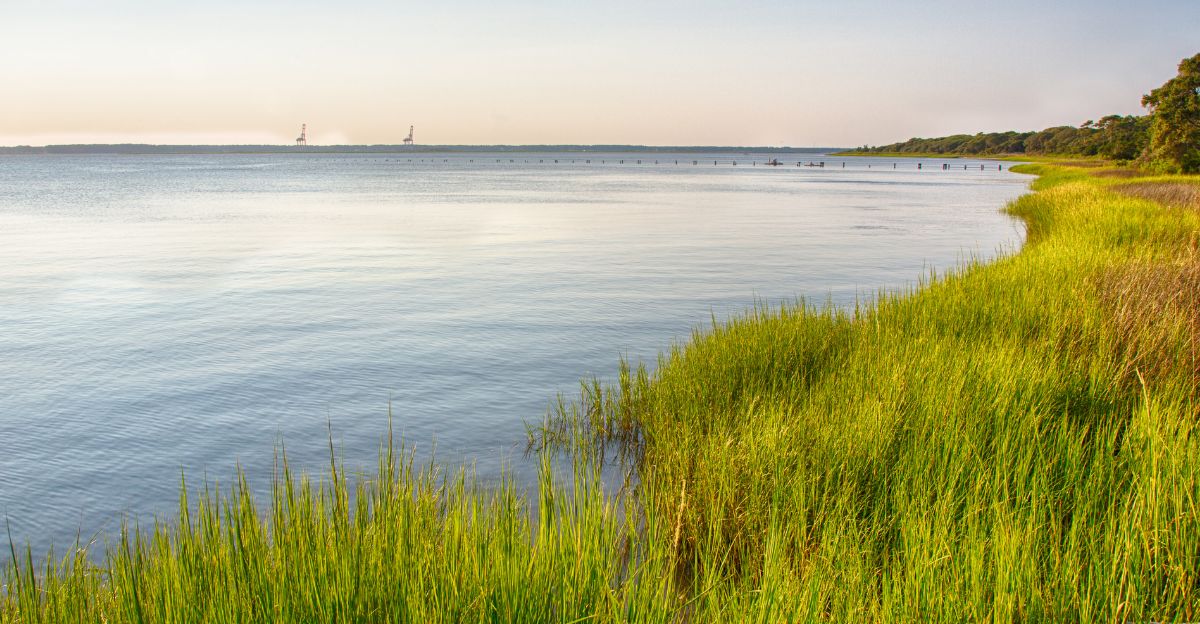
The study’s findings also highlighted where the highest examples of PFAS contamination were found. North Carolina’s Cape Fear River Basin region is already a known PFAS-contaminated zone, and unsurprisingly, this means that beers brewed here have the highest levels. High levels were also found in states such as California, Michigan, and Missouri.
Beer and PFAS contamination is directly linked to the levels found in local water supplies that breweries often use. Beers brewed in foreign regions like the Netherlands and Mexico had much lower, more acceptable levels.
PFAS And Beer
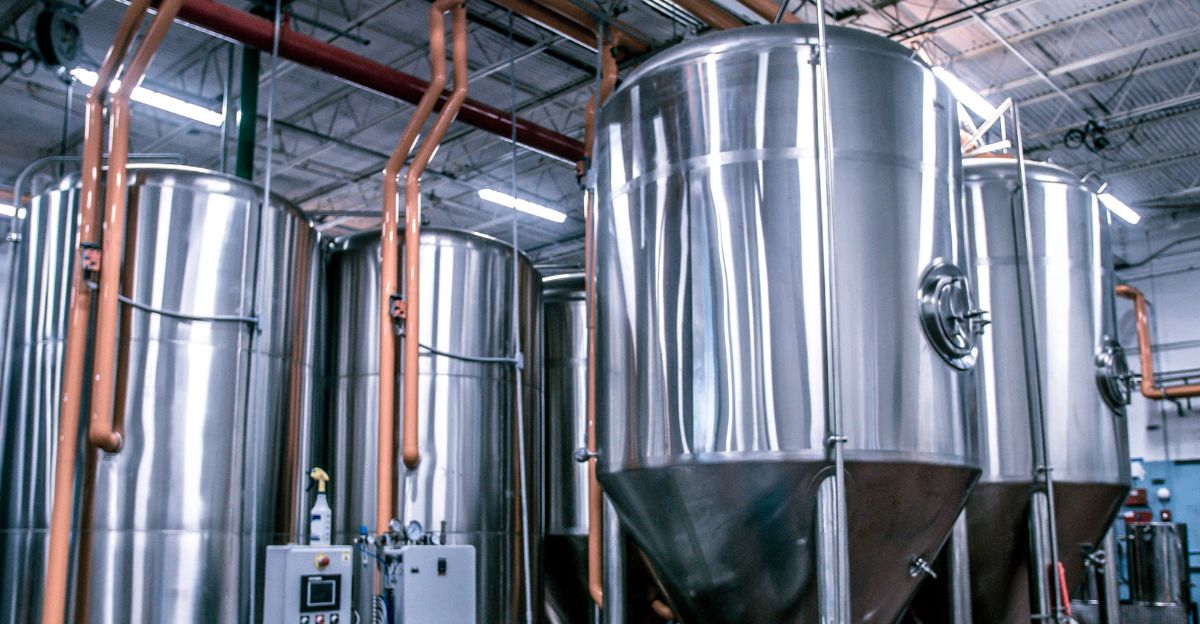
While it might be hard to understand why so much PFAS is getting into beer, it’s quite simple. Beers contain a lot of water, about 90%, and local breweries will use the water they have access to in the region, which will contaminate the beer with any chemicals already present, including PFAS.
To exacerbate this problem, breweries filter out many contaminants, but these systems are not designed to filter PFAS. PFAS-laced water may be the largest factor for contamination, but it can still creep into other processes, such as mashing, fermenting, cleaning, and packaging. Brewers are not creating the problem as it is already in the water that people in the region are drinking.
EPA Limits
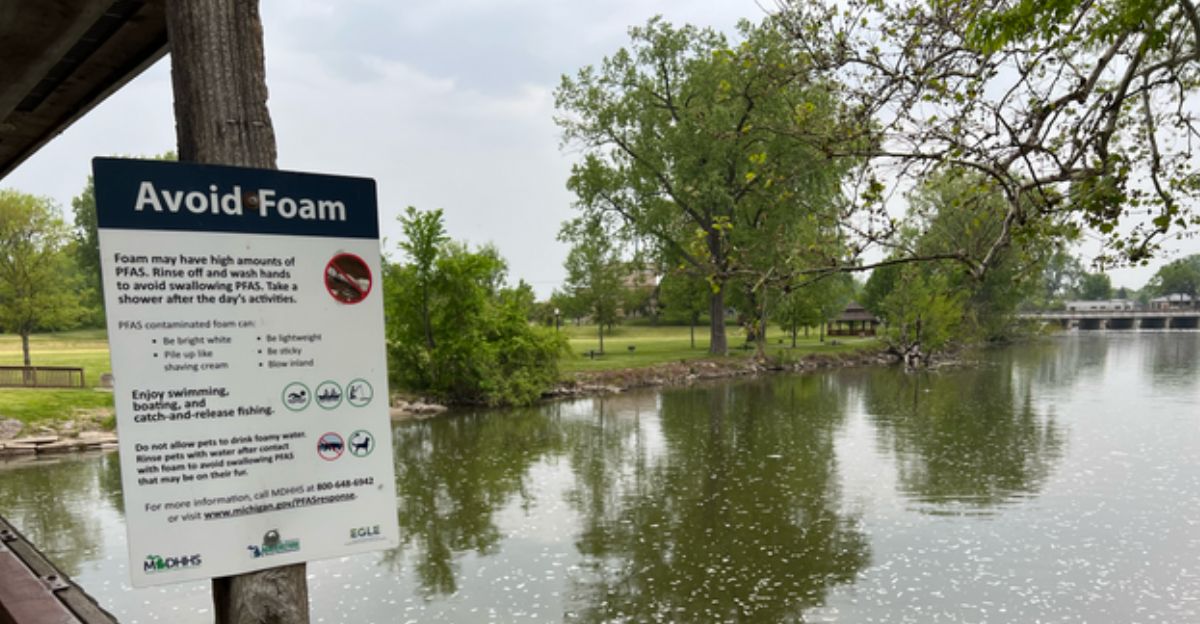
PFAS limits have only recently started to be enforced. In 2024, six types of PFAS have been legally limited in drinking water. This includes PFOA and PFOS, some of the main culprits of PFAS. These limits have been backed up by recent scientific studies, which conclude that no levels of PFAS should be considered “safe” in humans.
Drinking water is the one set to these new standards, but beer circumvents this, which could be an oversight. The same limits should be put into place for beer as it is created solely for ingesting.
Health Risks

PFAS has been tested and studied extensively recently to find some scary implications. Exposure to this synthetic chemical can be linked to a lot of health complications, including kidney, prostate, and testicular cancer, developmental disorders in adolescents, hormone disruption, and suppression of the immune system.
There are other implications like thyroid disease, liver damage, and high cholesterol. These health risks can occur over time as PFAS contaminants are ingested and build up in the bloodstream and other areas of the body. This means that every beer you’re drinking could be elevating your PFAS exposure risk.
Why Now?
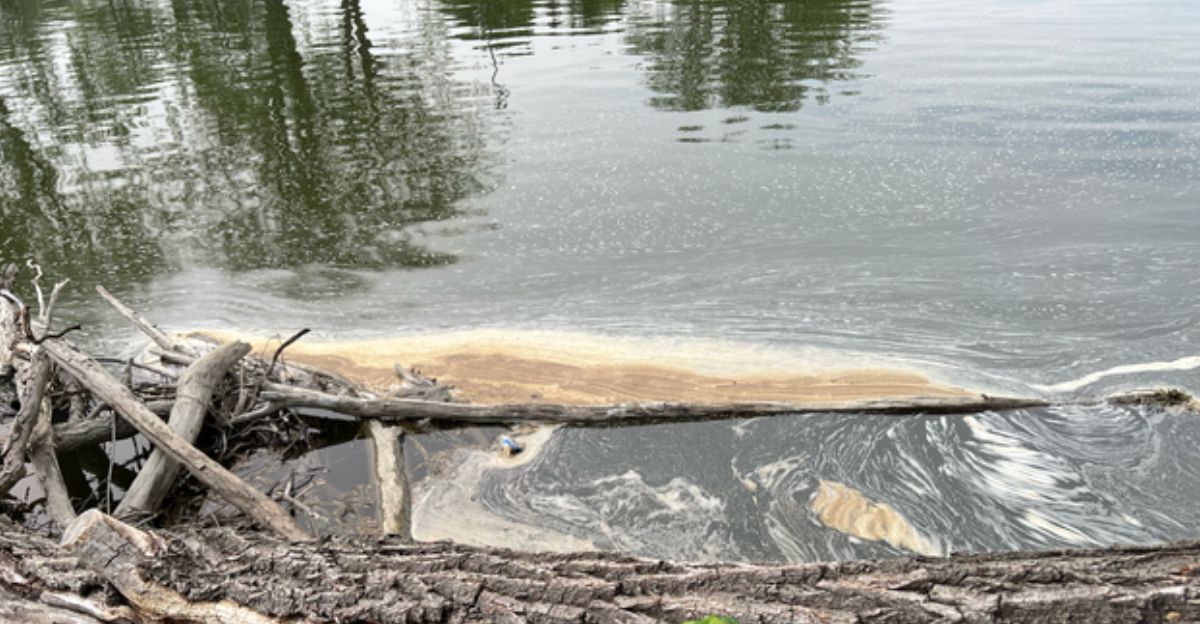
PFAS contaminating the environment and water supplies is nothing new. Factories producing items with PFAS have been discharging the chemicals into the environment, while firefighting foams can also contaminate ground soil. With the true scale of the damage that PFAS has, regulations are only now being put into place. However, despite these efforts, enforcement needs to be faster and more proactive.
Breweries aren’t the main problem, as they are sourcing local drinking water that anybody would have assumed is safe to ingest, only to find out the true levels of PFAS. This also means that more products than just beer could be contaminated this way, and many other beverage companies could also be at risk of PFAS contamination.
A Response
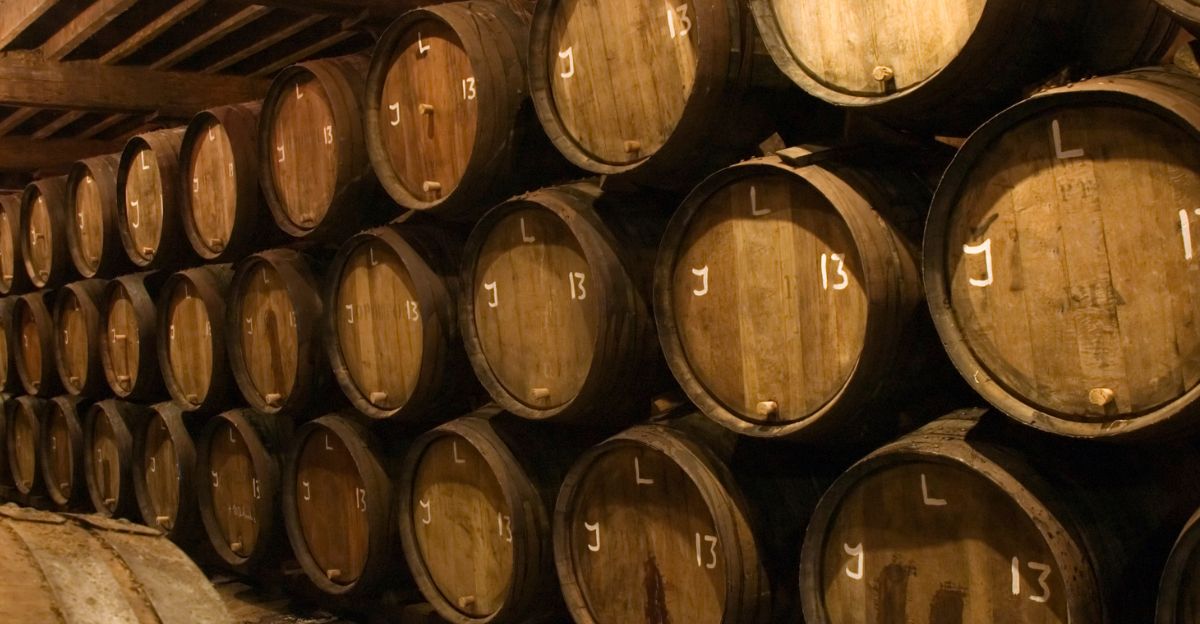
With the real concerns that PFAS brings, The Brewers Association has recognized the damage it could do and is in full support of better, safer drinking water. However, many breweries do not have the infrastructure to safely filter out PFAS, while others claim ignorance.
Either way, companies must disclose these harmful contaminants, which would be bad for the brand image but save them from legislation and possible legal actions. A solution needs to be found quickly to ensure that consumers aren’t being contaminated by drinking their favorite product.
We Need To Act Fast
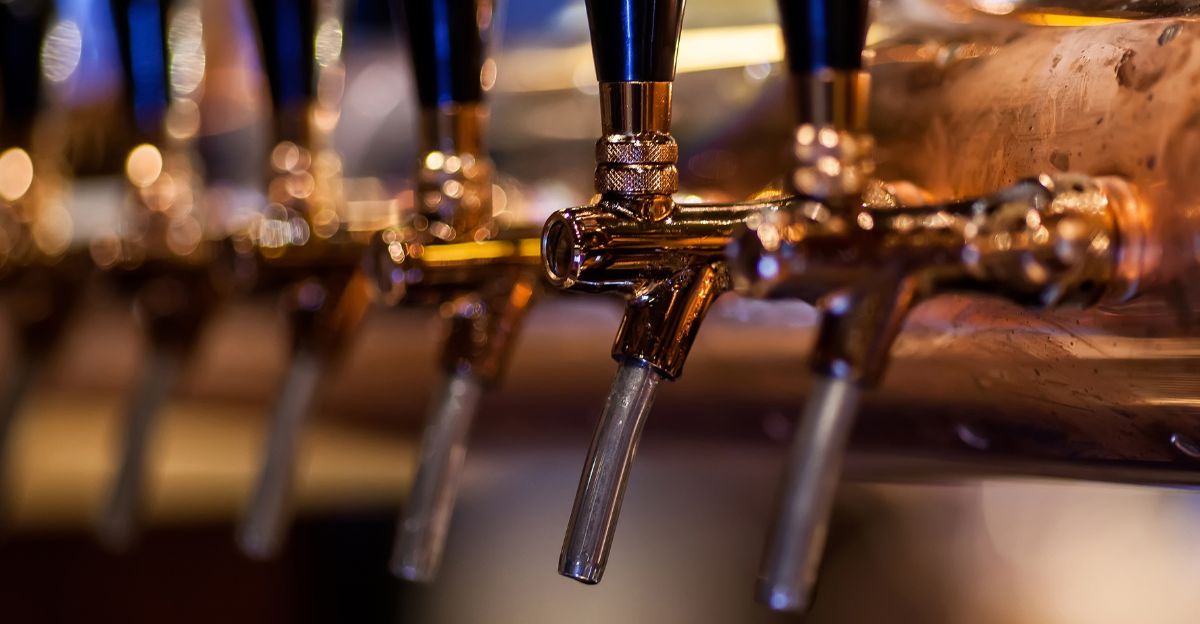
The first priority of breweries in PFAS-contaminated areas should be to look out for their consumers by buying the necessary water treatment systems that can filter out PFAS. Legislations should be updated to include not only enforceable limits on drinking water but also products like beer and other beverages.
Consumers also need to know what they are putting into their bodies – breweries and other companies should start disclosing exactly what levels of chemicals like PFAS are in the products. Many companies would be uncomfortable with the latter as it could lead to poor PR.
Consumers Can Do Something As Well
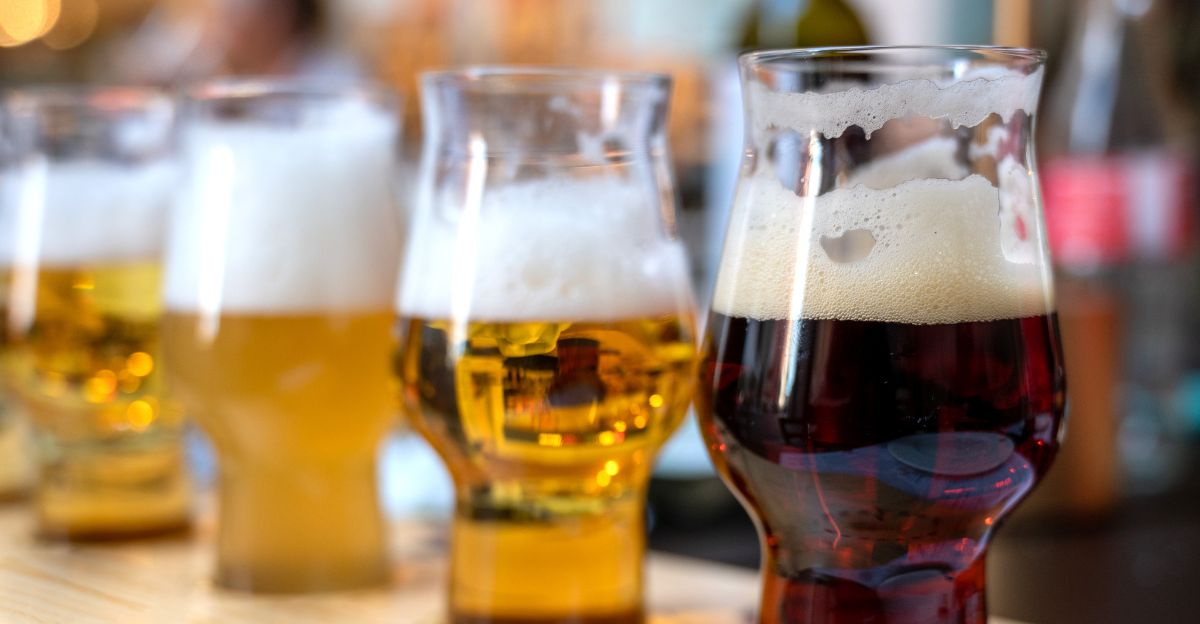
While we cannot do anything once the PFAS-contaminated beer is in our hands except not drink it, we can rally for action and push for new regulations that protect consumers.
Water quality needs to have a safer, better standard, and full transparency about its contaminants should be available. Consumers should avoid items that contain high amounts of PFAS, or a health crisis could stem from it in the future.
Discover more trending stories and Follow us to keep inspiration flowing to your feed!

Craving more home and lifestyle inspiration? Hit Follow to keep the creativity flowing, and let us know your thoughts in the comments below!
